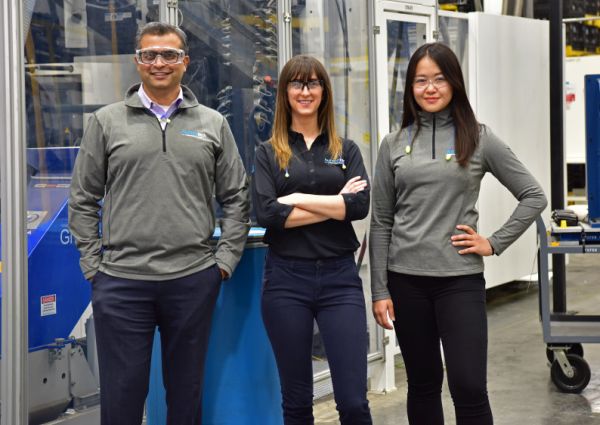Launching an ergonomics process at an established facility can be a daunting task. There are so many jobs to assess and an exponentially growing list of improvements to implement, but resources are limited. Most ergonomics teams do not have enough dedicated time to efficiently perform risk assessments for every job within a site, let alone the money to implement all the fixes that are identified during the evaluation process. These constraints lead to the question most commonly asked by new process owners: How do I prioritize all the work that needs to be done?
There are three key components of the ergonomics process that need to be prioritized to ensure that the work the team completes is valuable to the organization:
- Identify highest-risk jobs
- Identify highest-impact improvement ideas
- Make incremental improvements to demonstrate the value of your ergonomics process
Step 1: Identify highest-risk jobs
The first step in the ergonomics process is to identify which jobs have the highest risk of musculoskeletal disorders (MSDs) in the facility. This requires the team to create a risk baseline by assessing each individual job and then using the risk scores to rank the jobs from highest to lowest risk. However, when a new process begins, there could easily be a hundred or more jobs that need to be assessed and a baseline will require a significant time investment to complete. Therefore, the team should start with a smaller subset of jobs. It may be useful to select either particular departments or job types. Some criteria that may be used to prioritize jobs for assessment include:
- Past injuries and first-aid visits
- Input from front-line employees
- Production bottlenecks
- Quality concerns
- High turnover
With consideration of management objectives and site goals, the process owner can use one, several, or all of these criteria to determine the order of the job list. For example, research has shown a direct link between poor ergonomics and quality defects, meaning that many quality problems originate from a station where MSD risk factors are present. When these risk factors are addressed, both the ergonomics and the quality can improve, illustrating the positive effects that applying ergonomics design principles can have on other critical business performance indicators.
Step 2: Identify highest-impact improvement ideas
Step two in the ergonomics process is to implement the improvement ideas that address the risk factors identified during step one. However, a single job could have three or more options for improvement, each with its own investment of time and money. Rarely is an ergonomics team able to implement every idea identified for every operation assessed, so these also need sorting based on investment required and level of projected risk reduction.
Improvement plans should always begin with engineering changes that introduce safer processes, do not require much investment, and have a recordable impact on the risk level of the job. A new process must minimize changes that require significant monetary investment; otherwise it will create a mindset that mitigating MSD risk factors is expensive and will negatively impact future project proposals. Managers do not like supporting processes that cost them a lot of money, especially if the results will be shown over time, rather than immediately following implementation.
Step 3: Make incremental improvements
Finally, the ergonomics process owner needs to review the results of steps one and two and establish short-term goals for implementing improvements. If the team waits until they have completed a full risk baseline of the plant, it could be over a year from process launch until the team starts implementing changes that illustrate the value of an ergonomics process. The benefit of waiting is that the team will know that they are starting with changes to the highest-risk jobs; they do not have to estimate based on just the jobs assessed at that time. However, a lot of stakeholders will lose faith in a process that takes over a year to show results. As time passes, operator engagement in the process and management support will decline, making it even more difficult to implement improvements. It is highly recommended that, once the preliminary list of top-priority jobs has been assessed, the team should start executing the high-priority changes to those jobs. These activities will reinforce the importance of the ergonomics process and bolster support throughout the facility, leading to faster integration of the process into overall site operations.
